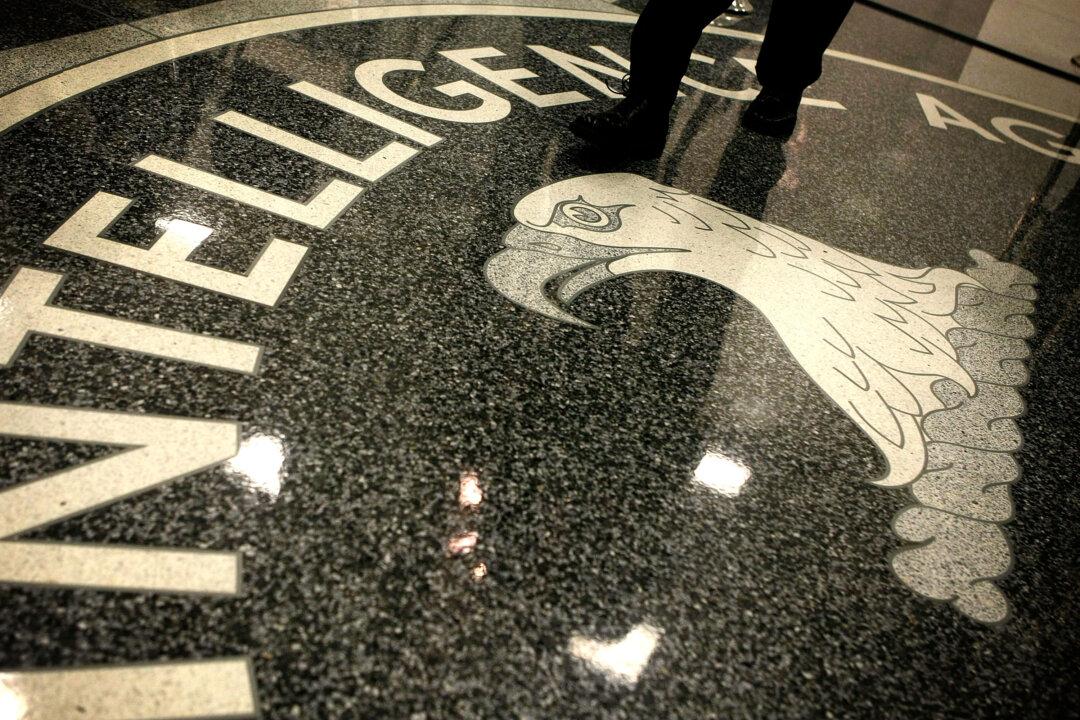After years of intense controversy, and over the objections of Senate Republicans and the CIA, the Senate Intelligence Committee on Tuesday made public a 500 page summary of its report on CIA interrogation and intelligence gathering methods that were authorized after the Sept. 11, 2001, attacks.
The methods were banned in 2009. The summary gives new details about brutal treatment of prisoners. Senate Republicans investigated the matter and wrote a separate report.
Committee Chairman Dianne Feinstein (D. Calif.) explained her reasoning in a statement for producing the report:
“There are those who will seize upon the report and say ’see what Americans did,‘ and they will try to use it to justify evil actions or to incite more violence. We cannot prevent that. But history will judge us by our commitment to a just society governed by law and the willingness to face an ugly truth and say ’never again.'”
Senate investigators accused the CIA of torturing prisoners and lying about the actions and their effectiveness to Congress, the White House, and the public. The summary drew evidence from CIA files, and stated that the interrogation methods employed by the agency were harsher than what had been previously known.
“This document examines the CIA’s secret overseas detention of at least 119 individuals and the use of coercive interrogation techniques—in some cases amounting to torture,” Feinstein said.
Rebuts
The Senate Republicans’ report rebuts each of the claims made by the majority report and criticizes as flawed the way in which the majority report was written: “Absent the support of the documentary record, and on the basis of a flawed analytical methodology, these problematic claims and conclusions create the false impression that the CIA was actively misleading policymakers and impeding the counterterrorism efforts of other federal government agencies during the Program’s operation.”






